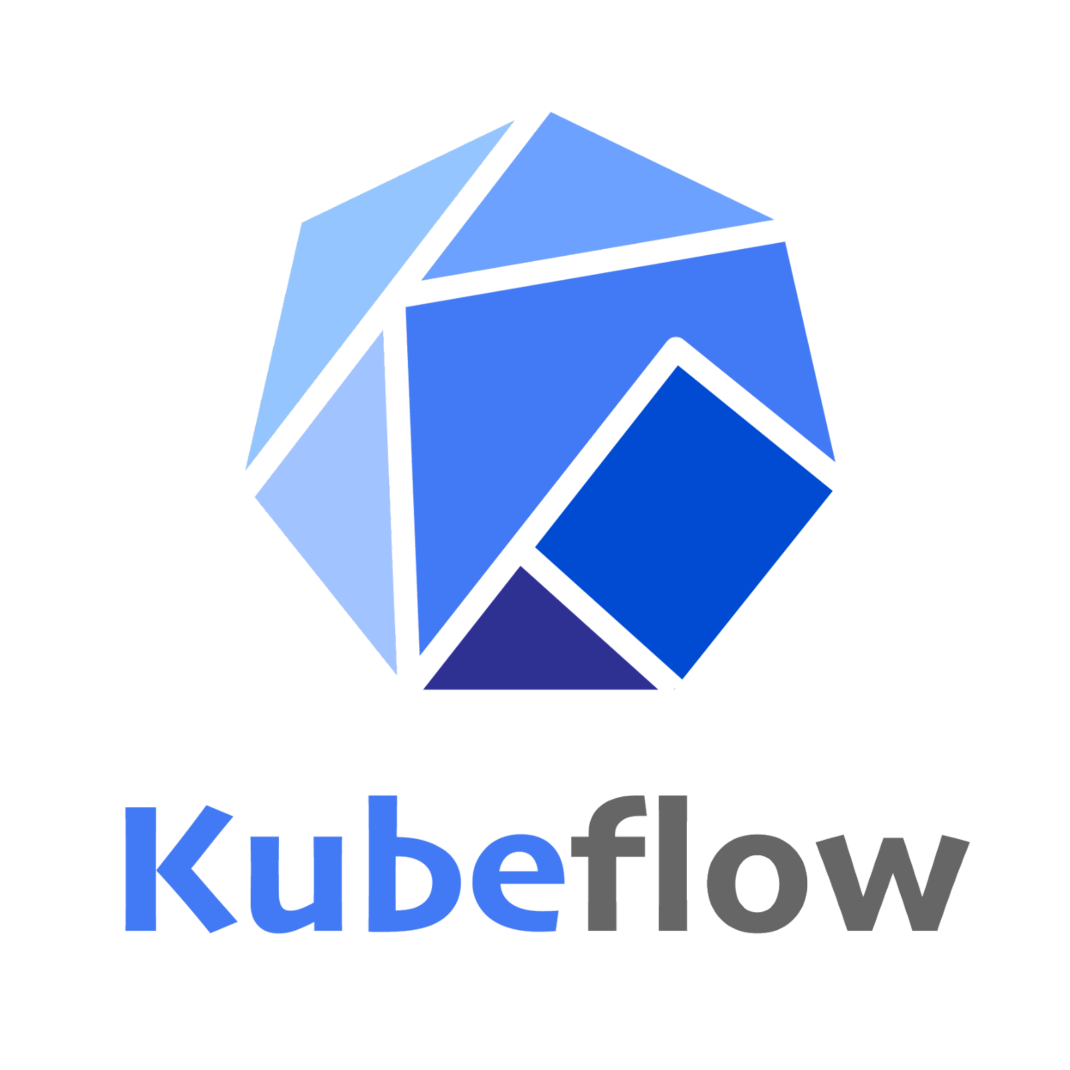In the dynamic realm of container orchestration, Kubernetes stands as the undisputed champion. Its ability to automate, manage, and scale containerized applications has revolutionized the development landscape. However, navigating the Kubernetes ecosystem can be overwhelming without the right tools. In this guide, we’ll delve into the best Kubernetes tools that empower developers and operations teams to maximize efficiency, streamline deployment, and ensure optimal performance.
Kubernetes Dashboard: Visualize and Manage with Ease

Managing Kubernetes clusters becomes a breeze with the Kubernetes Dashboard. This user-friendly web-based interface grants administrators a holistic view of their deployments, pods, and services. Visualizing cluster health, resource utilization, and real-time updates simplifies decision-making. The Dashboard supports on-the-fly troubleshooting and scaling, making it an indispensable tool for both newcomers and seasoned Kubernetes users.
Kubectl: The Command-Line Swiss Army Knife

When it comes to managing Kubernetes clusters from the command line, kubectl emerges as an essential companion. This versatile tool enables users to interact with Kubernetes APIs, create, update, and delete resources, and troubleshoot issues efficiently. From creating pods to scaling deployments, kubectl is a powerful asset in any developer’s toolkit.
Helm: Streamline Application Packaging

Packaging, sharing, and deploying Kubernetes applications can be complex. Helm, the Kubernetes package manager, simplifies this process by defining, installing, and upgrading even the most intricate applications using pre-defined templates known as charts. This tool enhances reusability, allowing teams to share and deploy applications consistently across various environments.
Prometheus: Monitoring and Alerting Done Right

Maintaining optimal cluster performance requires vigilant monitoring. Enter Prometheus, an open-source monitoring and alerting toolkit. By collecting metrics from various services, Prometheus offers in-depth insights into resource usage, application health, and more. It facilitates the creation of custom dashboards and alerts, enabling proactive issue resolution.
Kubernetes Tools Comparison Table: Prometheus vs. Alternatives
| Feature | Prometheus | Alternative A | Alternative B |
|---|---|---|---|
| Data Collection | Flexible scraping | Limited integration | No historical data |
| Alerting | Rich alert manager | Basic notifications | Customizable |
| Scalability | Horizontal scaling | Limited expansion | Vertical scaling |
| Community | Strong open-source | Small community | Active developers |
Grafana: Data Visualization Excellence

To complement Prometheus’ monitoring capabilities, Grafana steps in with its data visualization prowess. The tool seamlessly integrates with Prometheus, offering customizable dashboards that display real-time metrics in a visually appealing manner. With a wide range of visualization options, including charts, graphs, and gauges, Grafana transforms complex data into actionable insights.
Istio: Elevate Your Networking Game

Managing the complexities of microservices networking can be challenging. Istio, a powerful service mesh tool, simplifies service discovery, load balancing, and traffic control. It enhances security with features like mutual TLS authentication and rate limiting. Istio empowers developers to focus on application logic while ensuring seamless communication between services.
Kubernetes Network Policies: Secure Your Clusters
Ensuring the security of your Kubernetes clusters is paramount. Kubernetes Network Policies allow you to define rules governing communication between pods. With this tool, you can control traffic flow, limit access, and prevent unauthorized interactions. By enforcing segmentation and isolation, Network Policies bolster your cluster’s defenses against potential threats.
Kubeless: Serverless Computing Made Simple

For those seeking serverless capabilities within their Kubernetes environment, Kubeless is a game-changer. This platform lets developers deploy functions as services, allowing for event-driven, serverless architecture. With support for various runtimes and easy scaling, Kubeless streamlines the creation of lightweight, granular, and highly efficient services.
Kubeflow: Machine Learning at Scale

Machine learning workflows demand specialized tools. Enter Kubeflow, an open-source platform tailor-made for machine learning on Kubernetes. By providing pre-packaged solutions and streamlined deployment, Kubeflow empowers data scientists to effortlessly orchestrate machine learning pipelines, from data preprocessing to model training and serving.
Knative: Simplify Serverless Deployments

Knative takes serverless computing to the next level by automating deployment, scaling, and management of containerized applications. This tool abstracts away complexity, allowing developers to focus solely on code. With automatic scaling and built-in eventing, Knative is a must-have for organizations seeking to optimize their serverless architecture.
Argo CD: GitOps for Kubernetes Deployments

Synchronizing Kubernetes configurations with Git repositories can be daunting. Argo CD embraces the GitOps philosophy, allowing developers to declare desired cluster states using Git repositories. The tool continuously monitors and enforces changes, ensuring that your cluster matches the intended state described in the repository.
Velero: Safeguard Your Data with Backup and Restore

Data protection is paramount in any deployment strategy. Velero (formerly Heptio Ark) offers backup and restore functionalities for Kubernetes clusters. With the ability to capture cluster state and metadata, Velero provides disaster recovery options and simplifies migration between clusters. It’s an invaluable tool for preserving critical data and configurations.
Flux: Continuous Delivery for Kubernetes

Streamlining the deployment process and ensuring consistency across environments is a constant challenge. Flux, a GitOps tool, addresses this by automating the deployment of Kubernetes resources based on Git repositories. It synchronizes your cluster state with your Git repository, enabling seamless continuous delivery, reducing manual intervention, and ensuring consistency.
Kubectx and Kubens: Mastering Cluster Contexts and Namespaces

Working with multiple Kubernetes clusters and namespaces requires efficient context switching. Kubectx and Kubens simplify this task by providing tools to manage context and namespace selection effortlessly. Kubectx allows you to switch between clusters with ease, while Kubens facilitates quick namespace switching, enhancing productivity and reducing errors.
Kured: Reboot Your Nodes Strategically

Maintaining the health of your Kubernetes nodes is crucial to ensure the overall stability of your clusters. Kured (Kubernetes Reboot Daemon) offers a solution by enabling automated and coordinated node reboots. This tool ensures that node reboots are performed strategically to minimize service disruptions and maintain high availability, making it an essential tool for system reliability.
Skaffold: Streamlined Development Workflow

Developers need efficient tools to streamline the development-to-deployment process. Skaffold provides a seamless workflow for building, pushing, and deploying applications on Kubernetes. It automatically detects changes in your source code and config files, allowing for rapid development iterations. By reducing manual intervention, Skaffold accelerates the development cycle and fosters a more productive environment.
Kubeval: Validate Kubernetes Configuration

Ensuring the correctness of your Kubernetes configuration files is vital to prevent errors and issues in your deployments. Kubeval comes to the rescue with its configuration validation capabilities. It checks your YAML and JSON files against the Kubernetes API schema, highlighting potential problems before deployment. This tool promotes best practices and reduces the risk of misconfigurations.
Kubebuilder: Framework for Kubernetes Operators

Building and managing complex applications in Kubernetes often necessitates the use of custom operators. Kubebuilder simplifies this process by providing a framework for creating operators. It offers tools and patterns to automate the creation of APIs, controllers, and custom resources. Kubebuilder accelerates the development of operators, enabling you to extend Kubernetes with ease.
Maximizing Productivity with Kubernetes Tools
- Training and Learning: Invest time in learning about the tools you integrate to harness their full potential;
- Regular Updates: Stay updated with tool updates, enhancements, and new features to optimize usage;
- Tool Customization: Tailor tools to your needs by exploring configuration options and customization possibilities;
- Feedback and Collaboration: Provide feedback to the tool developers and collaborate with the community to improve tools.
Navigating the Kubernetes Tools Maze: Best Practices
- Assess Your Needs: Identify your specific requirements before integrating tools into your workflow;
- Stay Updated: Regularly explore new tools and updates to stay at the forefront of Kubernetes advancements;
- Tool Compatibility: Ensure the tools you choose are compatible with your Kubernetes version and infrastructure;
- Integration Strategy: Plan how new tools will integrate with your existing stack and practices.
Comparing Kubernetes Management Tools
| Tool | Key Features | Use Case |
|---|---|---|
| Kubernetes | Core orchestration platform | General-purpose container orchestration |
| OpenShift | Enterprise Kubernetes solution | Large-scale, production-grade deployments |
| Rancher | Management platform for clusters | Simplified management and monitoring |
| Google Anthos | Hybrid and multi-cloud platform | Multi-cloud and hybrid cloud management |
| Amazon EKS | Managed Kubernetes on AWS | Kubernetes deployments on AWS infrastructure |
Best Practices for Kubernetes Tools Implementation
- Start Small: Begin with a few key tools to avoid overwhelming your team;
- Regular Training: Keep your team updated with the latest features and best practices;
- Optimize Resource Usage: Use monitoring tools to identify resource-hungry components;
- Automate Where Possible: Leverage tools to automate repetitive tasks and ensure consistency.
Conclusion
Mastering Kubernetes requires not only a solid understanding of the platform but also the right set of tools to enhance productivity. From the Kubernetes Dashboard for intuitive management to Prometheus and Grafana for advanced monitoring and visualization, each tool plays a pivotal role in delivering exceptional deployment experiences. Choose your tools wisely, adapt best practices, and unlock the full potential of Kubernetes.
FAQs
Istio simplifies microservices networking by handling service discovery, load balancing, and security.
Istio simplifies microservices networking by handling service discovery, load balancing, and security.
Helm streamlines packaging and deploying Kubernetes applications using pre-defined templates called charts.
While Prometheus works best with its ecosystem, it can be integrated with other monitoring solutions.
Grafana provides visually appealing dashboards that display real-time metrics from Prometheus.
Yes, the Kubernetes Dashboard offers a user-friendly interface for managing clusters and is valuable to users of all skill levels.